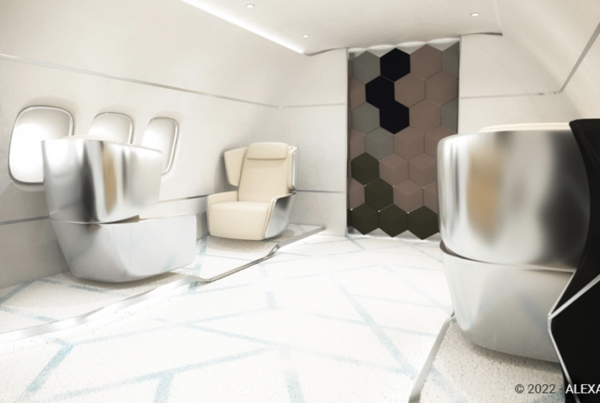All images in this article is copyright of Callies Graefe Design. All rights reserved
Trends and insights about the private jet industry with Tim Callies
Through our partner Camber Aviation Management, we got an opportunity to speak with Tim Callies – Co-Founder of Callies Graefe Design. Being one of the most sought after and experienced private jet designer in the world, we naturally jumped at the chance to pick Tim’s brain on different trends and insights.
Tim, you started your professional career as a freelance architect. How did you become passionate about the aviation industry? Can you tell us about your experience and your passion for such a peculiar business?
Honestly, it wasn’t love at first sight, however, shortly after I started to enjoy it. What intrigued me and attracted me the most was the fact that in this industry you have the chance to be a real designer because you literally design and craft everything from a blank page. On top of that, each project is completely new, hence you don’t get bored and this aspect combined with the creativity that follows is what has motivated me over the past 16 years.
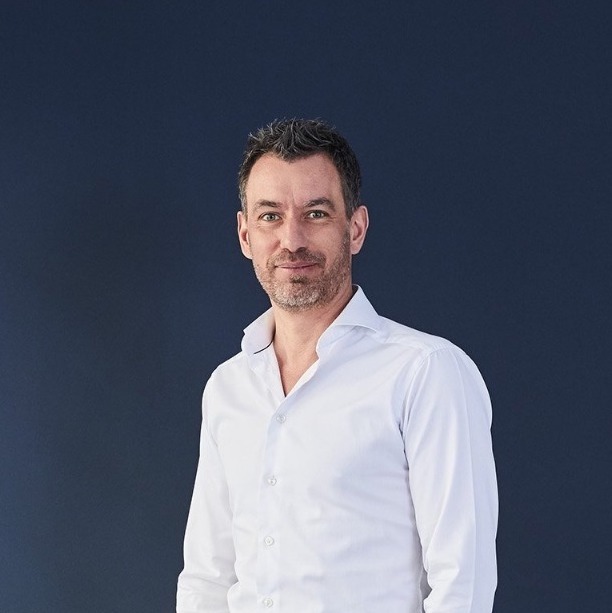
”Of course you as a designer have your own hand signature and an individual design style otherwise the client wouldn’t choose you, but the outcome will be the perfect balance between what you and your client like.
Tim CalliesCo-Founder of Callies Graefe Design
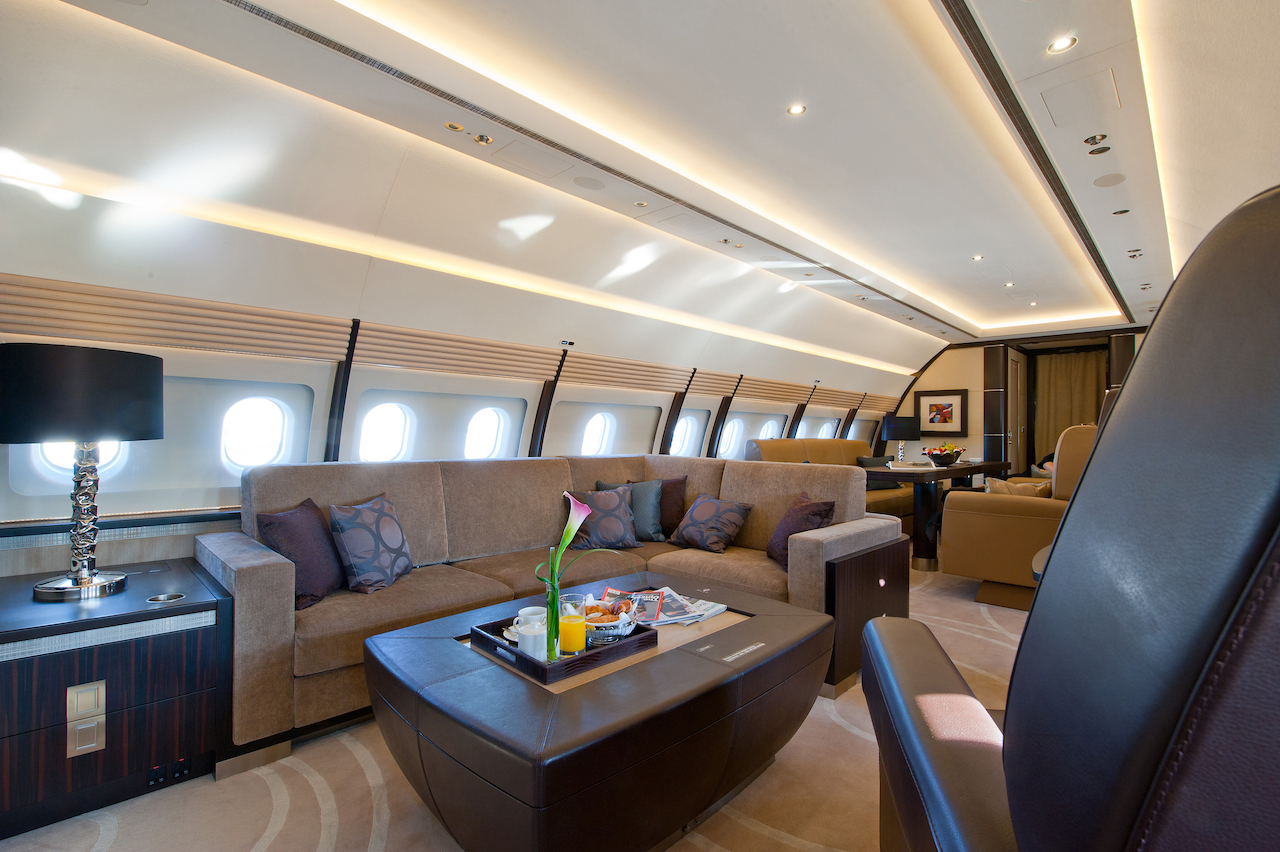
How does the customer journey work? In other words, how does the client approach you and how long does the whole process take from layout to delivery?
First the client has to hire me. It could be a private client or a company. Usually new clients arrive via recommendation. Since I also work on other projects not involved in aviation, it may happen that after concluding a project with a client, he/she asks me to make his/her private jet. Depending on whether it is a refurbishment or a brand new jet the design process may change. On average I would say 1-2 months for refurbishment and 4-6 Months for green (new) jets. Generally, however, we look after our customers until the delivery of their aircraft, as it is very important to us that we ensure during the completion phase that the desired design is also executed in the desired quality. Therefore, a refurbishment project takes about 6 months and a green aircraft project up to 3 years depending on the size of the aircraft and the complexity of the design.
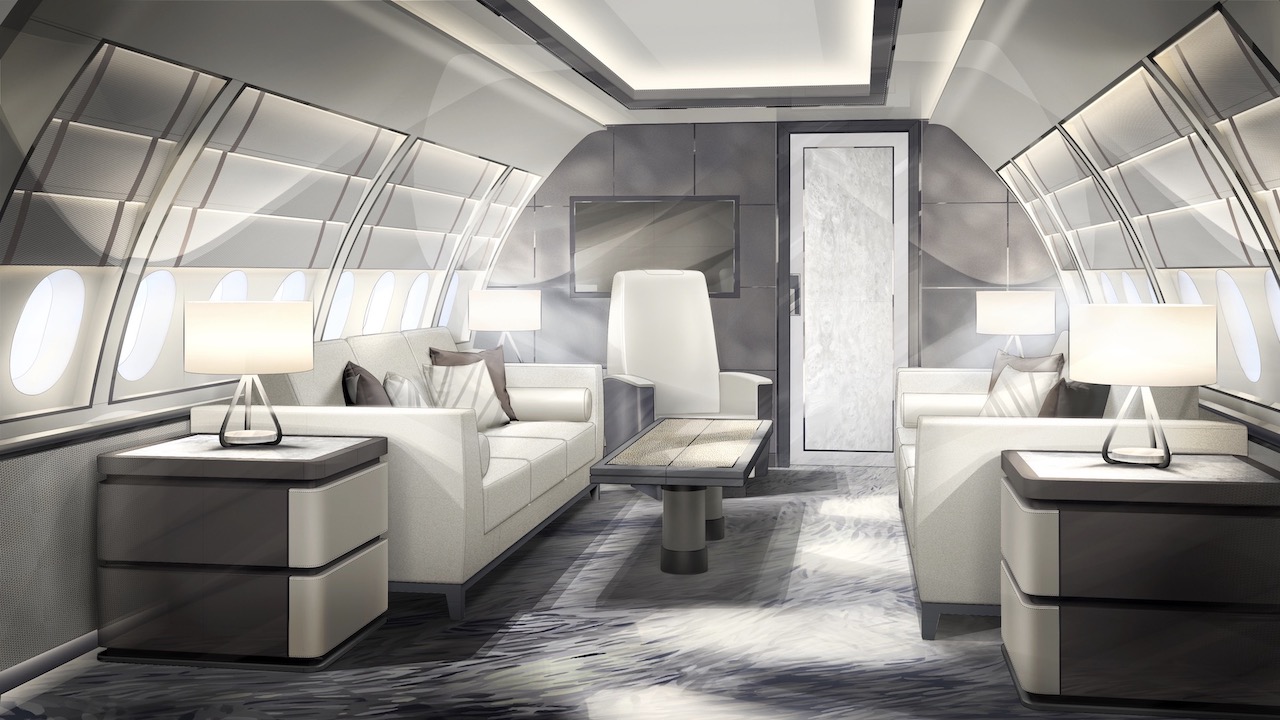
What is the most important thing when building a private jet?
I would say to listen and understand your client’s needs which sometimes it is not as easy as it seems because clients might not be fully aware about what they want. Typical questions can be: How many passengers will you accommodate? How will you use your private jet? Is it only for business or also pleasure? Will you charter it? Particularly this latter point is extremely important because it can change the layout and materials. To give you an example, if you decide to not charter your jet, you might choose expensive leathers such as the glove leather, very soft and delicate, but if you decide to charter it, you might want to consider using another leather, a cheaper and stronger one because if a damage occurs – which can easily happen since people tend to not take as much attention and care as the owner does – it can end up being very costly for you. Moreover, when it comes to understand client’s tastes and desired style, I have noticed there is some confusion, that’s why we usually ask for pictures and which hotels they like, in this way we avoid any miscommunication. We have had very good experience with mood boards, which we present at the first client meetings. With the help of the mood images, it is easier for most customers to communicate their preferred design.

What are the biggest challenges in this business?
The first and not surprising one is the small layout, you cannot add space in a private jet as you may do in the real estate industry. The second and most important one is time, usually the designer is involved in the project too late. In an ideal and perfect world six months would be enough but most of the time you don’t have this fortune. What happens instead is that you don’t have much time to get to know the client, you don’t have enough time to check with the engineer if the mechanisms work and the client might need to adapt to the situation and compromise or sacrifice the overall quality because nowadays prices are higher compared to 15 years ago and behind every change there is a lot of paperwork that is considered an extra cost, so in general it is better if you get it right the first time. Another challenge we can encounter and that is linked to the previous problem is the possibility to talk with the customer. Often, you don’t get to know the final client, you meet the representative but not the real client. What happens is that they will give you the answers that they think their boss would give but they are just guessing because obviously they can know the owner only until a certain extent. Finally, the fourth and last challenge is instant gratification. Today the clientele is younger and they are looking for instant gratification and we need to explain them to be patience and to prioritize quality.
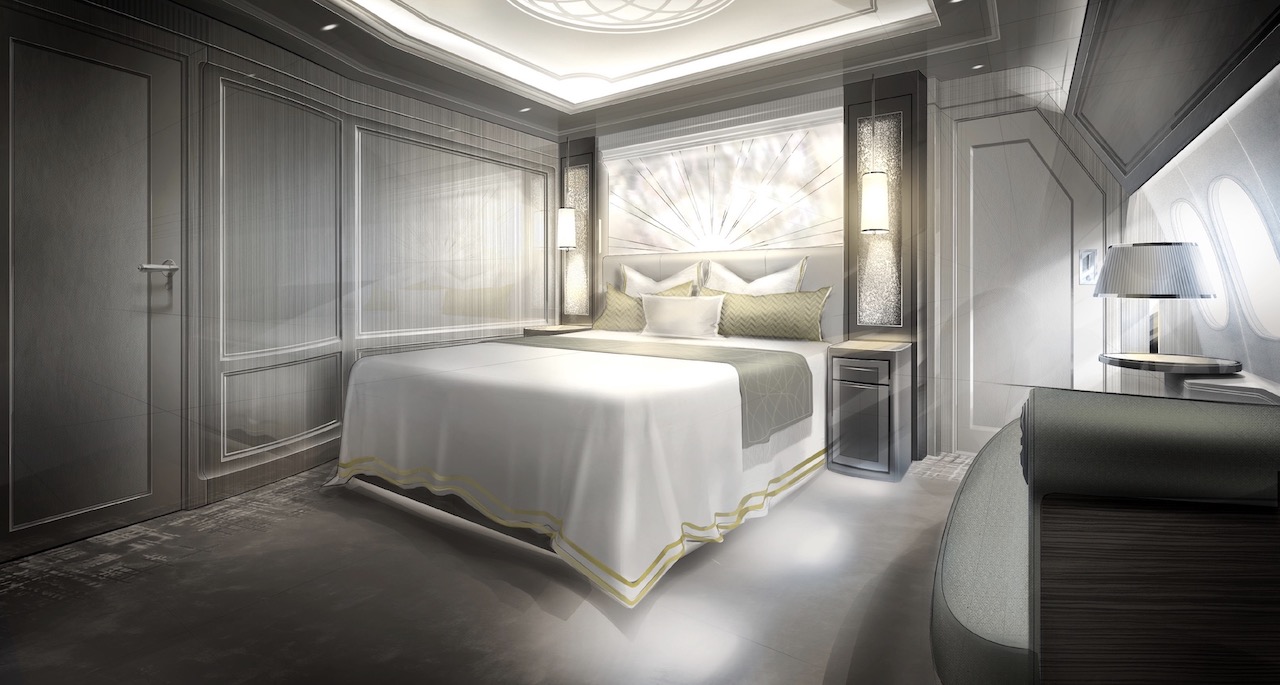
What tools do you use to show your vision to your costumers?
To show how the private jet will look there are some tools. Currently the industry is experimenting with Virtual Reality but I need to admit at the present stage is not a very comfortable tool, however clients get a deeper understanding on the actual use of spaces. To get an even better understanding of the space, mockups are valid substitutes and they avoid the dizziness that sometimes arises from Virtual Reality. Renderings are also very helpful but in my +15 years of experience I noticed the best way to envision your project is from hands sketching. I know today is not a popular thing to say because people are mostly encouraged to develop digital skills, but hand sketches can give you and your client the advantage of keeping an open mind, it allows inspiration and a constantly evolving dialogue between the designer and client. Obviously, after you need to create renderings but if you start with rendering then it is so realistic that you don’t leave room for other possibilities.
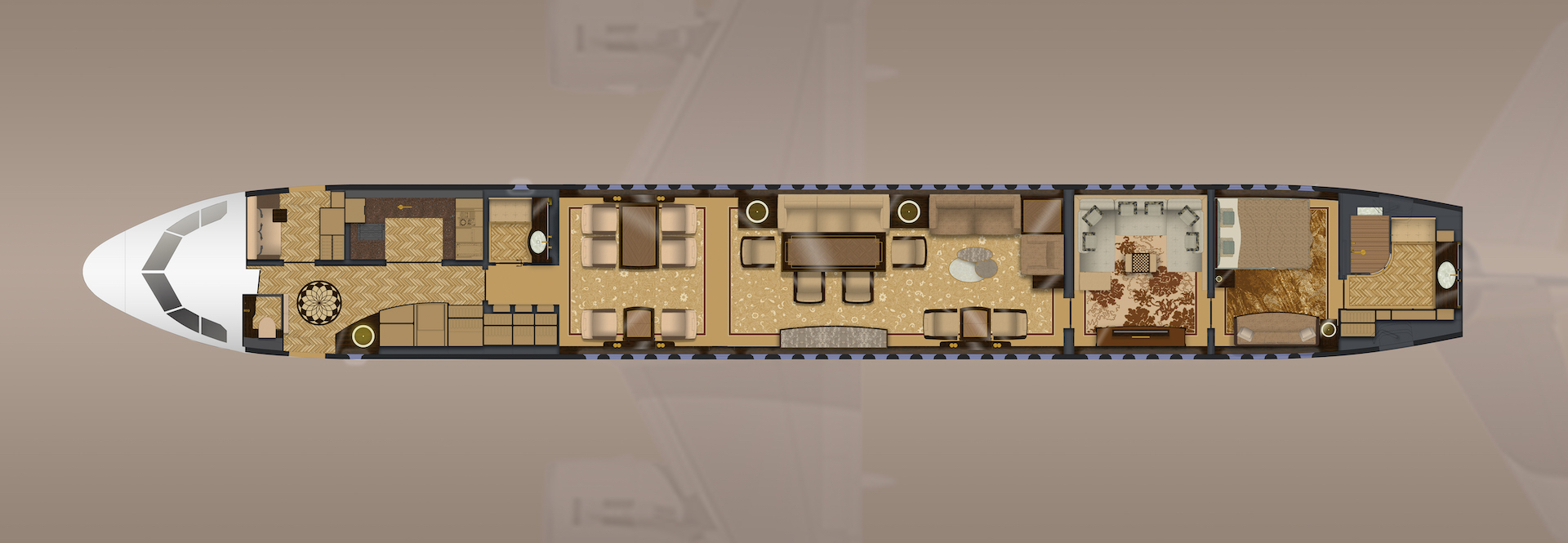
At the current moment, which are the trends in this industry and which models do you expect to see the most in the next years?
In general, private jet owners are now younger, so they are willing to experiment and search for what is unconventional. They prefer to have a very colorful interior design instead of the classical and timeless beige because it is already seen and they want a fresher look for their private jet. However, when it comes to refurbishment, customers tend to ask for a contemporary black and white selection. An interesting trend that I have noticed is how the aviation industry is learning and taking inspiration from the automotive industry, for instance, in terms of seat design and its comfortability but also from a technological point of view and of the overall experience. As regards models I expect to see more green jets in the next years, notably the Airbus 350 and the new Boeing 777x. But I also expect narrow jets, such as Airbus 319 and 320neo; Boeing Max BBK Max and Airbus ACJ220.
What is your favorite jet?
From an exterior point of view I would say A350, I really like the wings and its contemporary design, and in terms of interiors I like when it’s futuristic, contemporary and modern.





